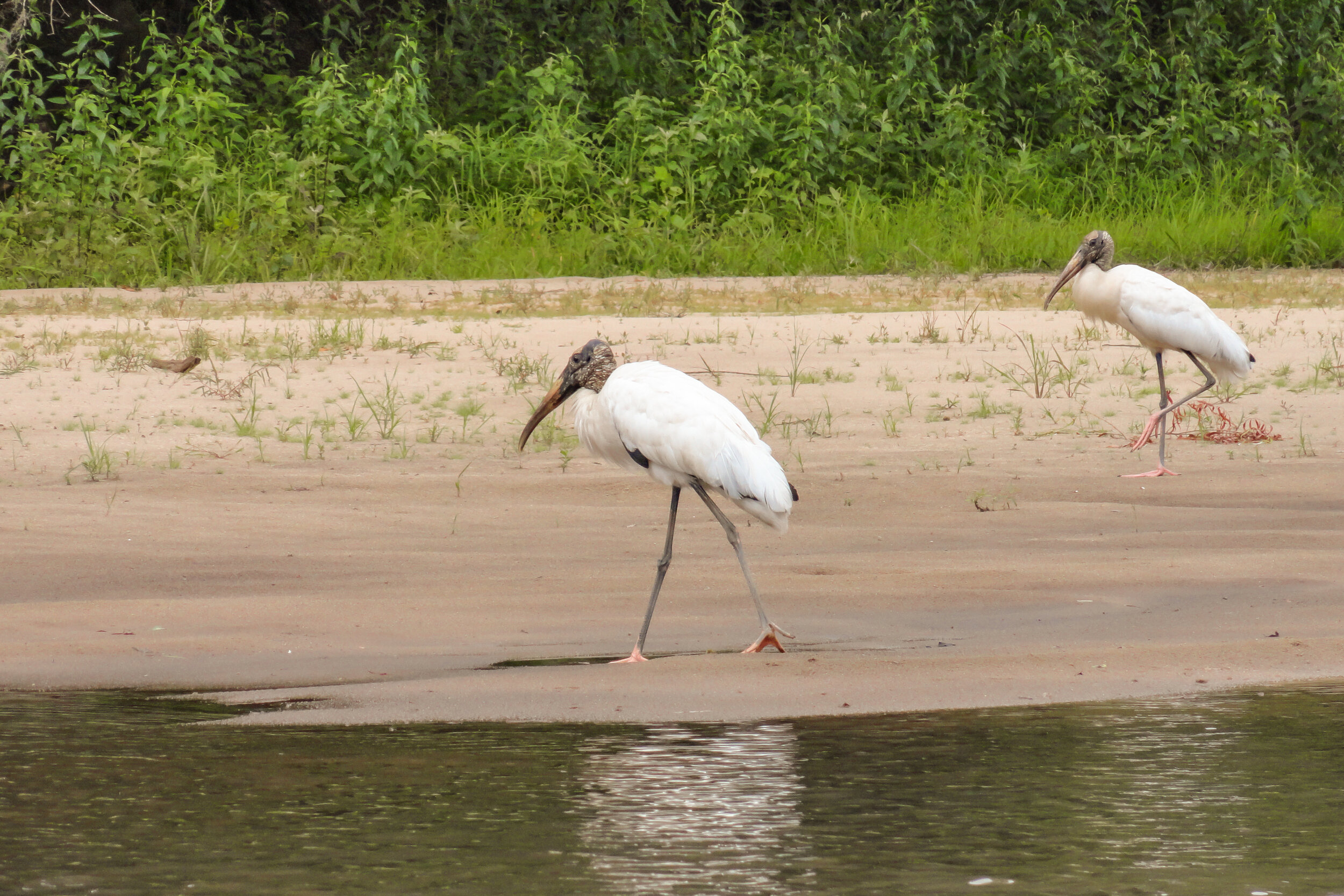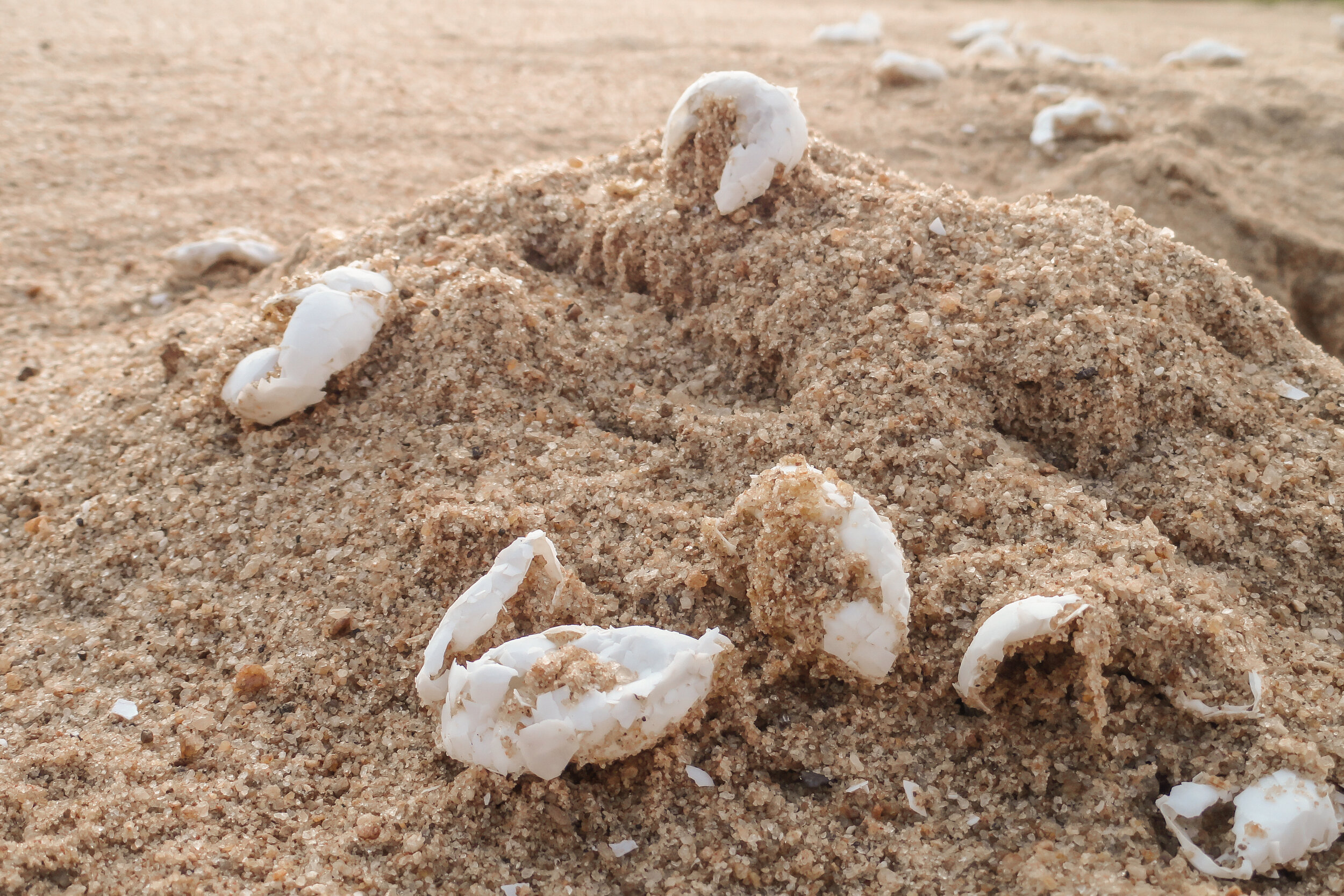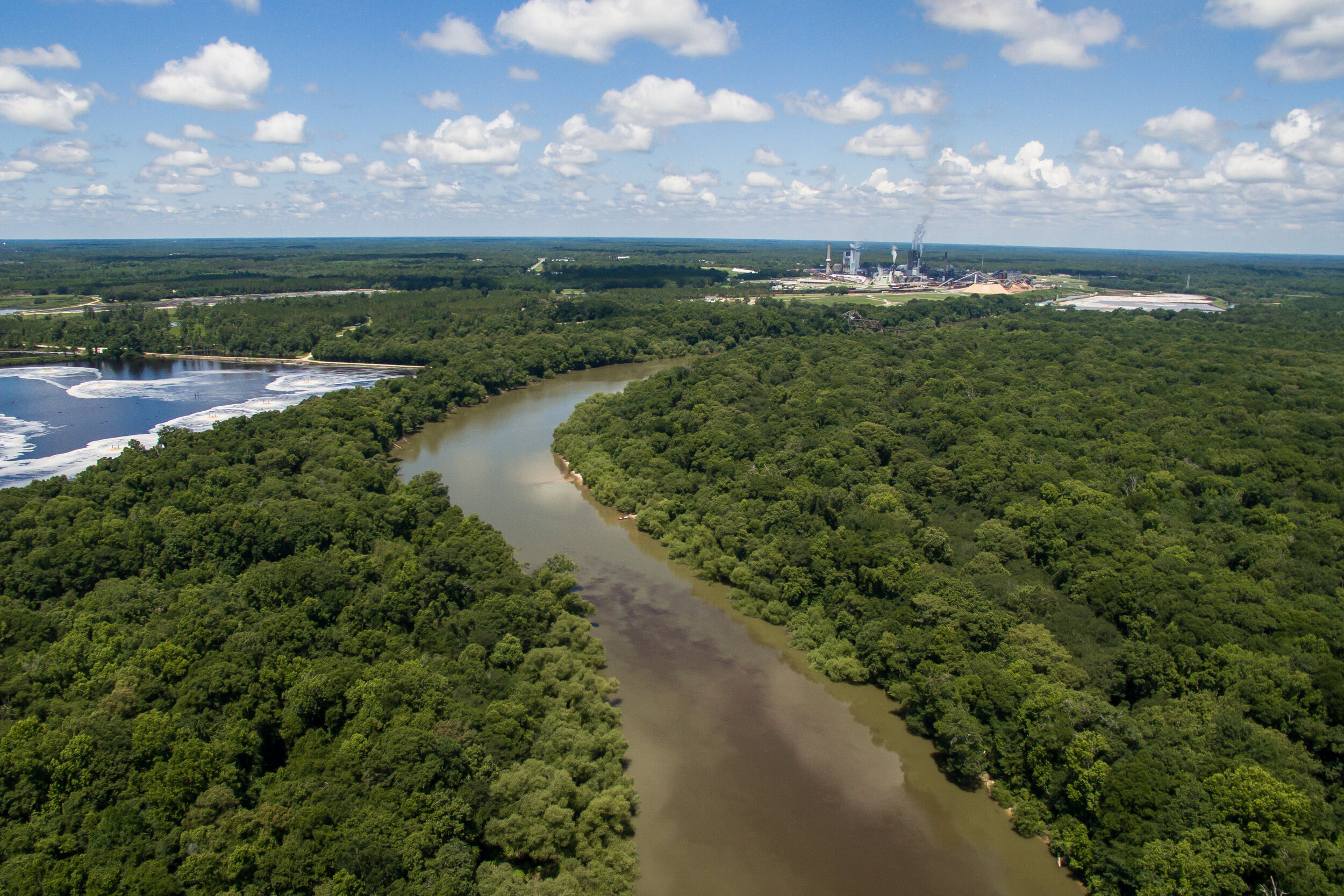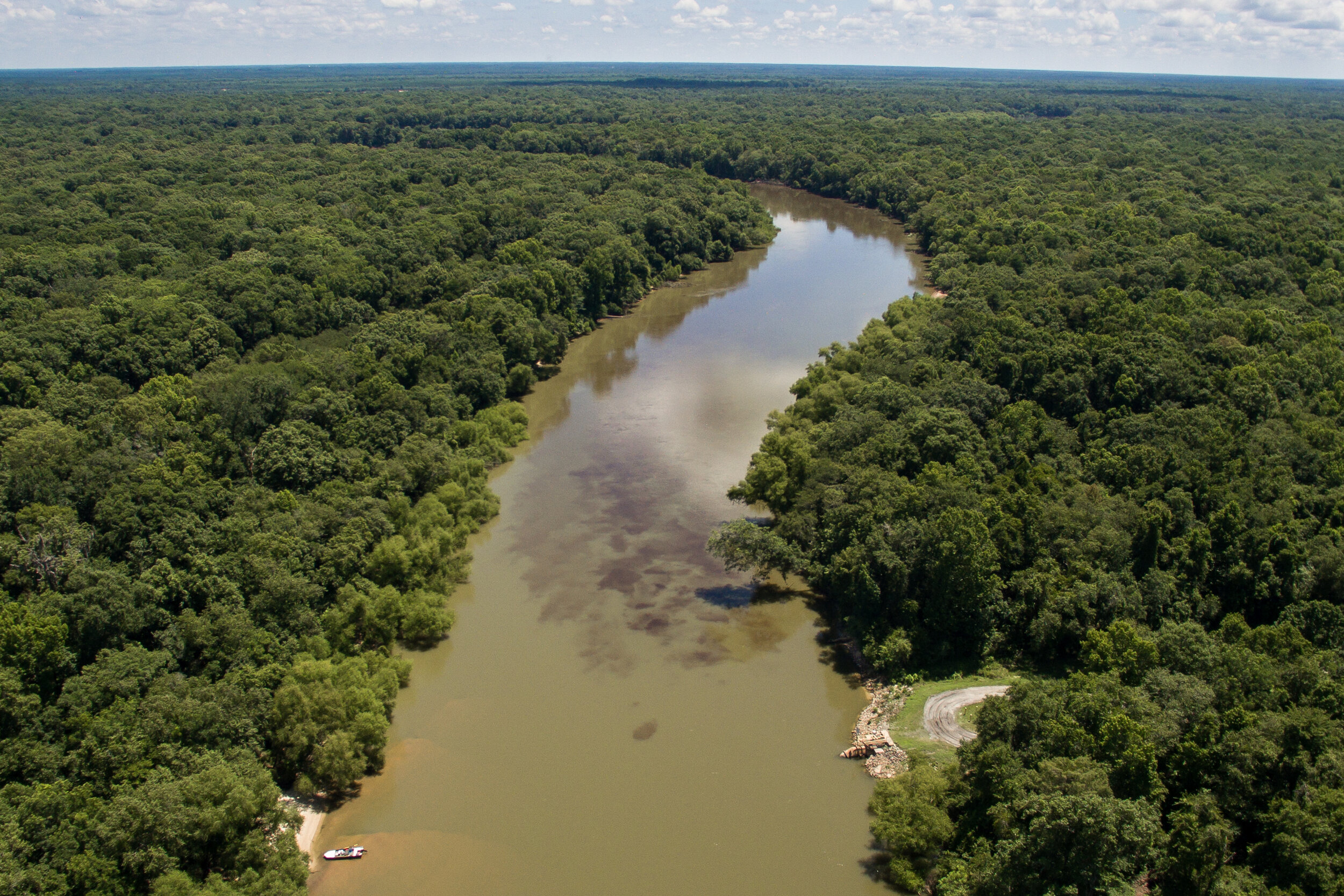Riding Our Water to the Ocean
Image by Mike Lord
Since grade school, I’ve known that streams feed into rivers, and rivers flow to the ocean.
But it wasn’t until recently that my daughter and I carefully tracked (on Google Earth) how the rain that runs off of our yard and into the Middle Oconee River reaches the ocean. Southeast of Athens, Georgia, it joins with the North Oconee and heads due south for about 30 miles into Lake Oconee. Just downstream, Lake Sinclair holds the water again before releasing it back into the Oconee River at Milledgeville.
From there the river follows a long rural path south by southeast to Dublin, and then Mt. Vernon. After a total of 220 miles, the Oconee joins with the Ocmulgee River near Lumber City to form the mighty Altamaha River, which travels another 139 miles to the Atlantic Ocean just north of St. Simon’s Island on the Georgia Coast.
Over the past five months, I’ve paddled more than 100 miles in this watershed, mostly retracing the same stretches around Athens in preparation for a 340-mile race on the Missouri River this summer. I’m beginning to understand what an amazing resource the Oconee River is to our community in terms of recreation and ecosystem services. But the idea that the river connects us to communities and ecosystems hundreds of miles downstream is still just an intellectual concept to me. That’s one reason I’m heading down to Lumber City this week to solo paddle the Altamaha for three days and two nights. To see firsthand where our water goes.
I’m Far From the First
From what I’m told, the Altamaha doesn’t have much human traffic these days. But there was a time when paddle steamers travelled up and down the river on a regular schedule, carrying people and goods to the coast and back. (See the photo gallery below for a picture of a wrecked boat that’s still in the river.)
Orange lines are mine, breaking up roughly 12-mile segments.
Today, there’s a detailed water trail that identifies all the public landings, restrooms, fresh water, parks and other resources along the way. I was also fortunate to connect with Mike Lord, who solo paddled the Altamaha in a canoe in 2012. Mike is an avid paddler, river guide, photographer and small business owner, based in Athens. He gave me some good tips and encouragement about camp sites, water levels and other logistics to consider. He also graciously shared the photos in the gallery below, which give a sense for how remote some portions of the river are, providing habitat for a range of wildlife not seen this far inland.
Images and captions by Mike Lord, Eastern River Expeditions a Barrelman Productions.














As seen in the photos, Mike also warned me that the water below Rayonier paper plant outside Jesup, and how it may still be a stinky mess. In his images (and even on Google Earth) you can see the much darker water that flows out of the plant into the river. In 2012, Mike said the water smelled of formaldehyde from that point on—though I’m hoping nearly a decade later it will be in better condition. (I’ll let you know.)
14’ hardshell touring board loaded up with gear for a test paddle at Bear Creek Reservoir.
My plan is to put on with a 14’ standup paddleboard at Bell’s Ferry Landing on the Oconee, about four miles upstream of the confluence with the Ocmulgee. I aim to paddle at least 30 miles the first day before finding a nice sandbar on which to pitch my tent . I’ll shoot for 40 miles the second day and another 40 on the third, before taking out at Altamaha Regional Park after a total of 109 miles. Beyond that point, Mike said the tides come into play, essentially nullifying the river’s flow twice a day and making navigation more difficult.
Anyone who’s interested, is welcome to check out my gear list here, and when I return, I’ll put together a detailed Google Earth presentation with pictures and videos. Until then, wish me luck and a strong tailwind!

